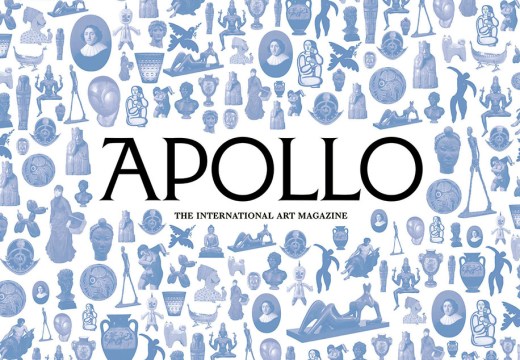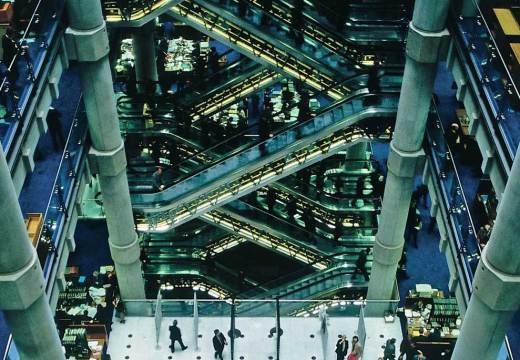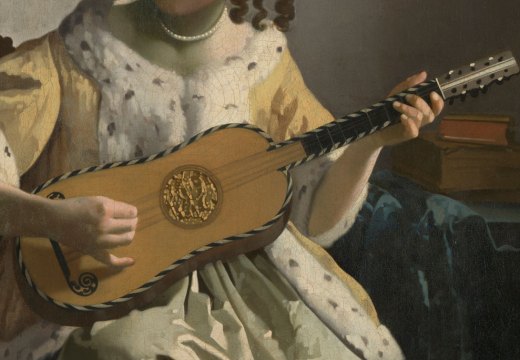In this ongoing series, Apollo previews a range of international exhibitions, asking museum curators to reveal their personal highlights and curatorial impulses. Sonia Solicari is the curator of ‘Victoriana: The Art of Revival’, at the Guildhall Art Gallery, London
Can you tell us a bit about the exhibition:
‘Victoriana: the Art of Revival’ celebrates art and design of the last 20 years, which has been inspired by the 19th century. It is a multimedia, multisensory engagement with our vision of the past and features work by both established and up-and-coming artists, including commissions and installations created especially for the show.
The momentous period in British history, which covers Queen Victoria’s reign from 1837–1901, is remembered as the era of empire, exploration, industrial expansion and socio-economic change, but also of oppressive colonialism, repressed sexuality and over-cluttered homes. This inspirational medley has fired the imagination of artists ever since, tearing back the velvet curtain to reveal who we are and where we have come from.
What makes this a distinctive show?
This is the first major retrospective in the UK of all things Victorian-inspired and brings together an illuminating range of objects and images.
How did you come to curate this exhibition?
The germ of an idea first formed five years ago when I was working as curator of 19th-century ceramics at the Victoria and Albert Museum, London. I noticed a resurgence of interest, from contemporary artists, in the Victorian Staffordshire figure and my curiosity was piqued. A move to Guildhall Art Gallery in 2010 provided the perfect opportunity to begin planning a retrospective, in a space well-known for its actual Victorian collections.
What’s likely to be the highlight of the exhibition?
The largest work in the show is Yinka Shonibare’s Dorian Gray, a series of twelve 122 x 152cm photographs which have been generously lent by MUSAC (Museum of Contemporary Art, Castille). Shonibare positions himself as Oscar Wilde’s anti-hero, challenging the idealised white beauty of Dorian with his own questions of race and Britishness. He takes inspiration from Albert Lewin’s 1945 film, rather than Wilde’s 1890 novel. As such, this work is the ultimate Neo-Victorian statement – reimagining the 19th century through the filter of the 20th century.
And what’s been the most exciting personal discovery for you?
Visiting artists in their homes and studios, and having many – often bizarre – conversations about the Victorians and discovering where artists get their inspiration.
What’s the greatest challenge you’ve faced in preparing this exhibition?
Defining ‘Victoriana’ and ‘Neo-Victorianism’ as a contemporary aesthetic. This is not a coherent movement to which artists subscribe – there is no manifesto. Each work has been included for its ability to reimagine the 19th century, rather than recreate it.
How are you using the gallery space? What challenges will the hang/installation pose?
For the first time ever we are staging a temporary exhibition in our Undercroft Galleries – an original Victorian part of the building. The space has high, arched, brick ceilings and a more recently constructed stainless steel mezzanine. This presents the opportunity to hang objects that can be viewed from two levels and provides a more atmospheric backdrop to the exhibition.
Which other works would you have liked to have included?
I would love to have included a huge Neo-Victorian airship, the likes of which are constructed in the Nevada desert for the regular Steampunk festivals that are held there. We were, however, sadly thwarted by space and budget.
‘Victoriana: The Art of Revival’ is at the Guildhall Art Gallery London from 7 September–8 December.
Unlimited access from just $16 every 3 months
Subscribe to get unlimited and exclusive access to the top art stories, interviews and exhibition reviews.














![Masterpiece [Re]discovery 2022. Photo: Ben Fisher Photography, courtesy of Masterpiece London](http://www.apollo-magazine.com/wp-content/uploads/2022/07/MPL2022_4263.jpg)
Has the Fitzwilliam lost the hang of things?